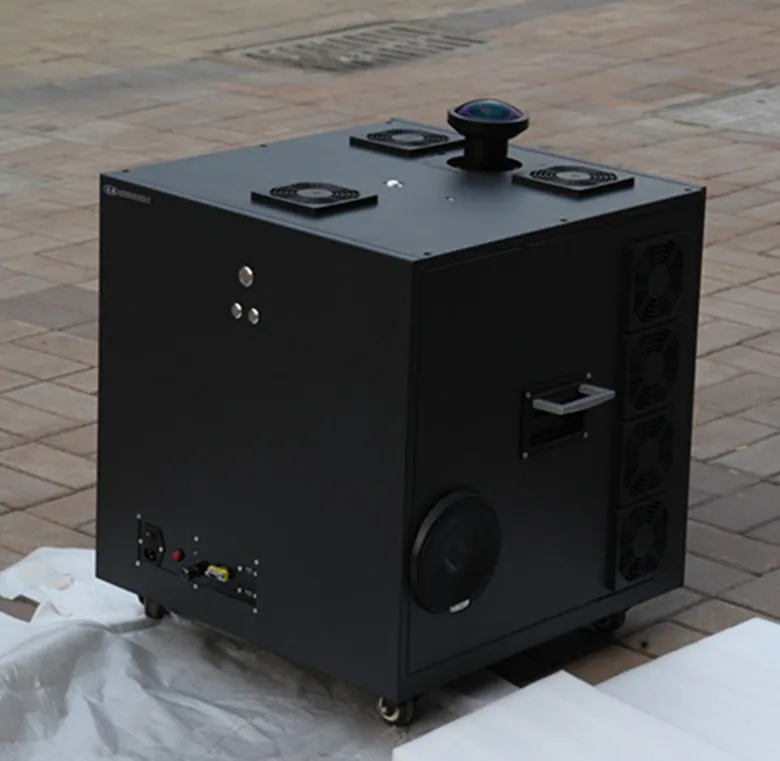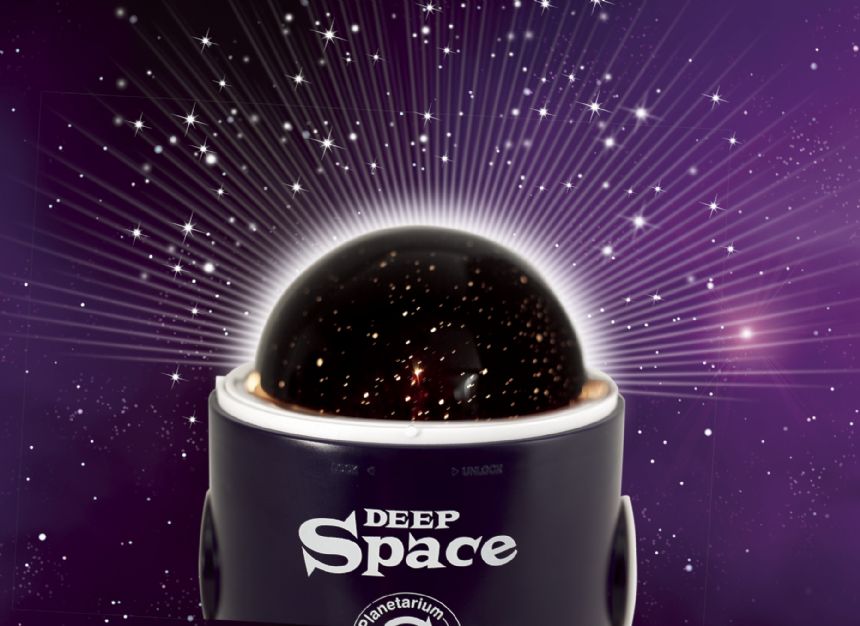

McLaughlin donated $2 million for the building's construction, and gave an additional $1.15 million as an ongoing endowment. He was inspired by the recent construction of the Hayden Planetarium in New York City, named after Charles Hayden, who had been a friend and associate on the board of International Nickel. In November 1964 Canadian businessman Colonel Samuel McLaughlin announced plans for donating money directly towards establishing a planetarium in Toronto. In May 1964 the Chairman and the President of the University of Toronto gave their support for the idea to the RASC, and suggested a site near the existing Royal Ontario Museum, adding that significant financial support would have to come from outside the University to make it possible. Proposals for building a planetarium in Toronto date back to 1944, but serious planning only started in 1962, thanks to a bequest made by a former member of the Royal Astronomical Society of Canada (RASC).


The lower levels of the planetarium contained a gallery called the "Astrocentre" that featured space-related exhibits, related artifacts on the history of astronomy and was also home of the world's first commercial Stellarium By the 1980s the planetarium's sound-system and domed ceiling were used to display dazzling music-themed laser-light shows. It had, for its time, a state-of-the-art electro-mechanical Zeiss planetarium projector that was used to project regular themed shows about the stars, planets, and cosmology for visitors. Samuel McLaughlin, the facility was opened to the public on October 26, 1968. Founded by a grant from philanthropist Colonel R. The McLaughlin Planetarium is a former working planetarium whose building occupies a space immediately to the south of the Royal Ontario Museum in Toronto, at 100 Queen's Park.


 0 kommentar(er)
0 kommentar(er)
